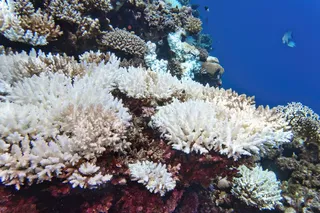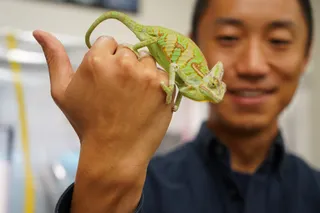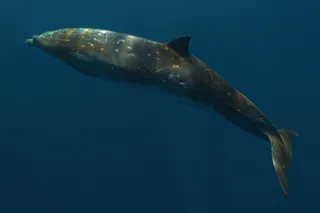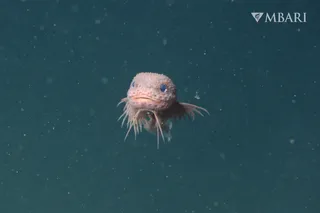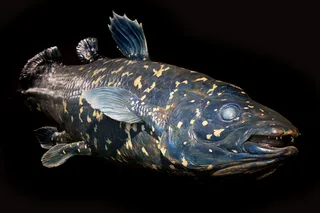The feud over Homo floresiensis, the little people of Indonesia, centers on whether they were an extinct diminutive species that evolved from some ancient hominid, such as Homo erectus, or whether they were just pygmy humans, perhaps suffering from some disease. The leading skeptic, paleoanthropologist Teuku Jacob, has claimed that there are pygmies living not far from where the fossils were found, on the island of Flores. I came across a short item at Japan Today about a scientific expedition to study the pygmies, which was based on an article in Kompas, an Indonesian publication. The original article is here, and my intrepid brother Ben, expert on Indonesian anthropology (cultural, not paleo-), did an on-the-fly translation for me, which I'll run below. The team got back from Flores on April 25. While there, they went to a village called Rampasasa, made up of 77 families. About 80% of the people ...
Hobbits Alive?
Explore the captivating Homo floresiensis discovery and its implications on the pygmy community of Flores. Are they ancient relatives?
More on Discover
Stay Curious
SubscribeTo The Magazine
Save up to 40% off the cover price when you subscribe to Discover magazine.
Subscribe

